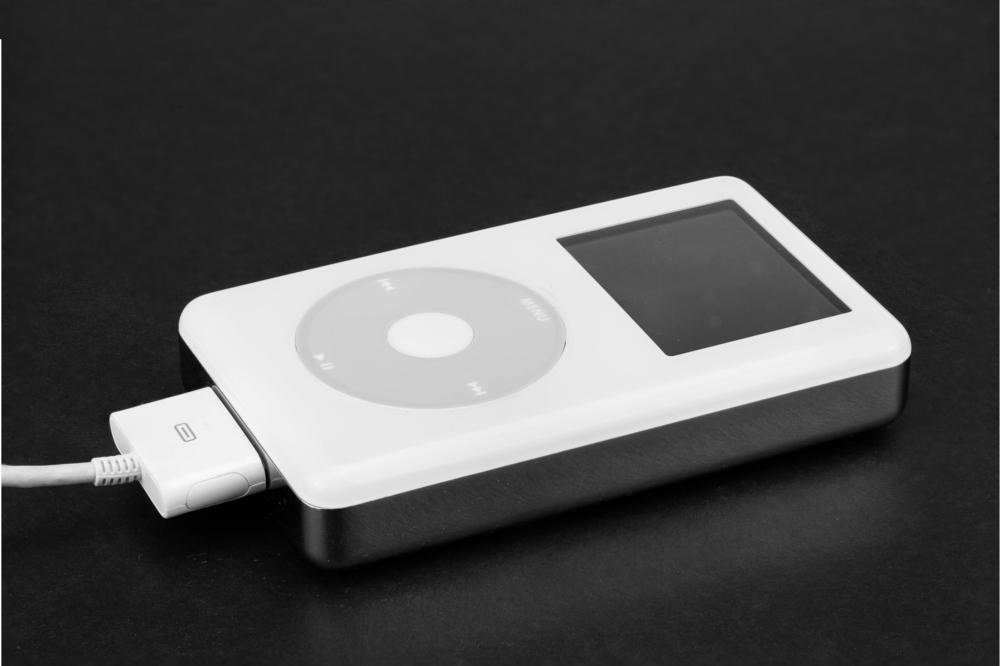The Ultimate Guide to the Apple MacBook Air: Innovation, Slim Design, and User Satisfaction
Discover the innovative features and sleek design of the Apple MacBook Air, a leading ultraportable laptop celebrated for its lightweight build and advanced wireless technology. Learn why it remains a top choice among users seeking style, portability, and reliable performance in a compact device, despite minimal port options.

The Ultimate Guide to the Apple MacBook Air: Innovation, Slim Design, and User Satisfaction
The Apple MacBook Air has established itself as a revolutionary ultraportable laptop, combining sleek aesthetics with robust functionality. Despite facing some criticism over its limited port selection and non-removable battery, the MacBook Air continues to be a preferred choice for professionals, students, and tech enthusiasts worldwide. This comprehensive guide delves into its core features, design philosophy, and the reasons behind its popularity, providing readers with an in-depth understanding of what makes the MacBook Air a standout device in the world of laptops.
Addressing Common Concerns: USB Ports and Battery Design
One of the primary criticisms leveled at the MacBook Air pertains to its minimalist port layout, notably featuring only a single USB port. Many potential users worry that this might limit connectivity options. However, in today's technologically advanced environment, this concern is increasingly outdated. The majority of users rely heavily on wireless connections, such as Bluetooth and Wi-Fi, for their daily tasks. The advancement of wireless technology has significantly diminished the need for multiple physical ports, making a single USB port more than enough for most scenarios.
Moreover, Apple strategically designed the MacBook Air with a focus on simplicity and portability. Its streamlined port selection encourages users to utilize wireless peripherals, such as wireless mice, keyboards, and external drives, which enhances mobility and reduces desktop clutter. For those who still require wired connections, USB-C adapters and hubs are readily available, offering flexible options without compromising the sleek aesthetic of the device.
Powerful Hardware and Cutting-Edge Wireless Technology
The MacBook Air is renowned for its innovative hardware components. Powered by Intel’s efficient processors, such as the 1.6 GHz or 1.8 GHz Intel Core 2 Duo, it delivers impressive performance for everyday computing tasks. With 2GB of RAM and an 80GB hard drive, the device ensures smooth operations for users handling multiple applications or large files. Additionally, the device features a 13.3-inch LED-backlit display, providing crisp and vibrant visuals — ideal for work, entertainment, and creative projects.
One of the standout features of the MacBook Air is its use of advanced wireless transfer technology. Equipped with the latest Wi-Fi standards and Bluetooth connectivity, the device offers fast, reliable wireless communication. This allows users to effortlessly connect to the internet, peripherals, and other devices without the need for numerous cables. As wireless transfer speeds continue to improve, the dependence on traditional USB transfers decreases, aligning with modern, mobile-centric workflows.
Design Philosophy: Slim, Lightweight, and Durable
The design of the MacBook Air epitomizes minimalist elegance and functional engineering. Its ultra-slim profile—about the width of an average finger—makes it one of the thinnest laptops available in the market. Constructed primarily from aluminum, the device boasts durability while maintaining a lightweight feel, ideal for users on the move.
Despite its slender design, the MacBook Air is equipped with high-quality hardware components optimized for both performance and longevity. The omission of optical drives, FireWire ports, and Ethernet ports reduces bulk and weight, focusing instead on essential features that cater to modern digital needs. The non-removable battery is a trade-off necessary to achieve its sleek profile; however, Apple’s battery management technology ensures long-lasting power life, providing hours of productivity and entertainment.
The device's aesthetic appeal is complemented by its emphasis on user experience. The clean lines, high-resolution display, and durable build make it a preferred choice for users seeking a combination of style and substance. Its popularity is not just due to aesthetics but also because of its functional design that balances portability with performance.
Market Position and Consumer Popularity
Since its launch, the MacBook Air has maintained a prominent position in the ultraportable laptop segment. Its stylish design, lightweight construction, and innovative features have earned it a loyal user base, including students, digital nomads, and creative professionals. The device’s compact form factor makes it easy to carry in backpacks, briefcases, or even handbags, supporting a mobile lifestyle without sacrificing performance.
The engineering behind the MacBook Air ensures that it’s not just a pretty face. Its hardware components are selected for durability and efficient operation, capable of handling most daily computing needs, from browsing and media consumption to professional applications like graphic design and content editing. As a result, the MacBook Air embodies a perfect blend of form and function, which explains its continued growth in sales and popularity.
Furthermore, Apple's ecosystem integration, including seamless synchronization with iOS devices and cloud services, enhances user experience and contributes to customer loyalty. This connectivity and the device’s reputation for quality further reinforce its standing as a premium ultraportable laptop in the competitive market.
Conclusion: Innovation Meets Style in the Apple MacBook Air
The Apple MacBook Air exemplifies contemporary laptop design and innovation, emphasizing portability, reliability, and aesthetic appeal. While it introduces some limitations, such as the single USB port and non-removable battery, modern wireless technology effectively mitigates these issues. Its powerful hardware, sleek design, and advanced connectivity options make it suitable for a broad audience, from casual users to professionals.
Ultimately, the MacBook Air remains a benchmark for modern lightweight laptops, showcasing Apple’s commitment to blending technology with style. Its success underscores the importance of thoughtful design, reliable performance, and user-centric features in the ever-evolving landscape of portable computing devices.





